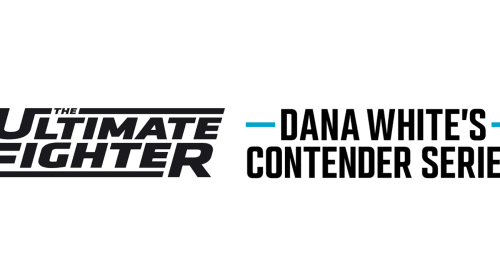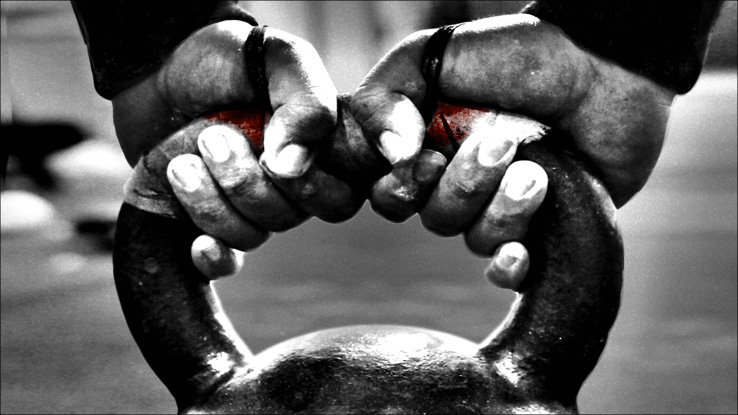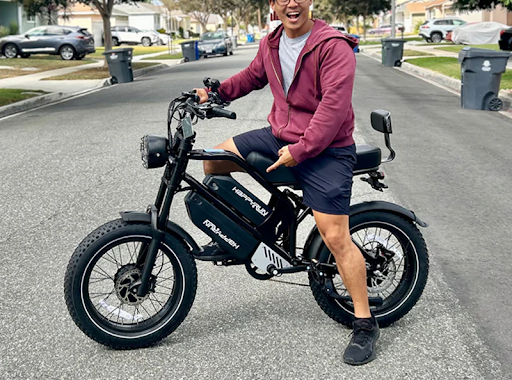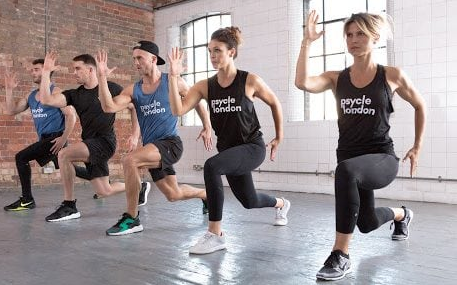
What Your Body Goes Through In HIIT and Why It Is Best
Physical exercise is all about health and we have seen people talk about a healthy lifestyle and healthy food choices. Most of us are torn between the food we should eat and the type of exercise that will suit us, but it is now changing. We have so many different options that we can choose from and we have so much to learn when it comes to choosing a good exercise for yourself. HIIT or high-intensity interval training is a method of exercise that requires you to start with a session of high-intensity workout followed by a session of rest and this continuous exercise. HIIT is now the talk of the town because fitness trainers have seen a significant amount of impact on people who are trying this style of workout. However, more people are now getting involved in the idea of HIIT-based workout plans as compared to other methods of exercise. We have seen people using simple exercises for the sake of HIIT but we have also seen that fitness trainers are now helping people choose exercises for better performance. We know that what might work for you might not work for others so endorsing your workout routine is not such a good idea.

There is no denying the fact that HIIT works. If we look at the stats, we can see that a study was conducted where searchers took a sample of 128 people who worked out according to HIIT and saw the significant result in people. They saw that there was a specific interval that helps in stimulating people and acquiring better results. However, without knowing about your body type, you cannot select any workout routine. So, before your jump to the conclusion of choosing HIIT or switching to some other kind of workout, it is very important to know what happened when you start using HIIT as your workout plan.
How Your Brain Reacts?
For every exercise we jump right into the body, muscle, and organs because we want to know how we are losing weight however, we never realize that our brain is controlling everything and without knowing what’s happening inside our brain we might never figure out the impact it has on our body. We know that exercise helps us stay active and it helps us in improving problem-solving skills and better learning but we do not know why we feel good about ourselves when we start working out daily. According to science, when we are on HIIT or high-intensity interval training, our mind gets stimulated and as a result, it goes into the euphoric rush. According to a celebrity trainer Mr. Eric, our brain likes the idea of HIIT and it secretes happy hormones. We feel energetic and these feel-good hormones make us stay active and happy. In case you are looking for something that can help you elevate your mood, this is a good way of stimulating your brain to do better. To further fortify this notion, a study was conducted in 2017 to understand the reaction of our body. According to the study, 60 minutes of HIIT training helps in triggering endorphins and this is far better than any other kind of gym training session. Additionally, it was noticed that people who perform HIIT regularly, have a better brain condition. The hippocampus section of the brain that deals with long-term memory stimulate and you get better at remembering things. Older women who perform HIIT see an increase in the size of the hippocampus and its performance as well.
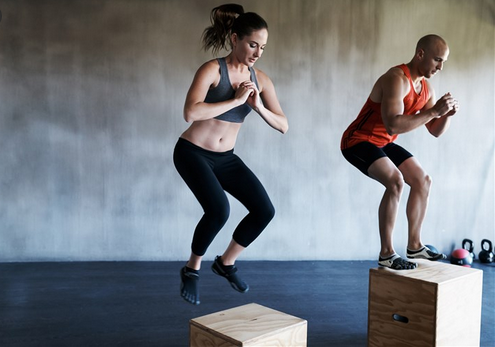
What Happens To The Body?
Now that we know what happens to the brain and we just summarize it we can see that the brain performance increase and we feel better about ourselves, we need to know what happens in your body. Well, to explain this, we have to see what we feel as we start our workout routine. Our heartbeat starts increasing instantly and this means our blood circulation increases as well. Eventually, the impact becomes more apparent as the body temperature rises and we start to sweat. Eventually, as we are done with our workout, we feel that our muscles get sore and we feel a little bit of tension in our body. As time goes, our muscles start to ache less and less and we build a good enough stamina so we don’t feel tired after a workout.
To dive into this, we will start with the ride in body temperature. The core temperature rises with the workout and your body starts warming up. This means that the blood vessels or as we have known it little capillaries that are present near our skin start to dilate and we get a better flow of blood. This makes us sweat and our blood looks flushed and red. Additionally, the sweat from the pores comes out just to help our body bring the temperature down and we take it as a sign of burning calories. This is taken as a sign because it takes your body a lot of calories to expel water out of pores in the form of sweat.
Now we know that our body is aching as a result of all the workouts that we have been performing but the question here is, why our muscles act this way. To understand the answer you need to know how the calories break or how the fat melts. With intensive workout the aerobic respiration converts into anaerobic respiration and your body starts to break down the energy currency without using oxygen. As a side effect of not using oxygen, you have a byproduct that is called lactic acid. This lactic acid accumulates in your muscle and this is the reason you feel hardness and sores in our muscles after an intensive workout. As you are done with the workout and lactic acid has accumulated in your muscle, everything aches but with few days of rest, everything comes back to normal. However, you might have noticed that this never happens if you work out daily and this is because you have developed stamina. Additionally, a high-intensity workout tears your muscle fiber and this tear helps your body to rebuild the fiber even stronger. As a result, you get thick, bulkier, and stronger muscles.

With the muscle rebuilding process, the white blood cells reach the damaged muscle, and the process rebuilding triggers within 24 to 48 hours. So you might have noticed that within 2 days you might start feeling better and less sore. Additionally, the chemical release helps with pain and regeneration as well. So if we just look at the way our body reacts we can see that the soreness is caused not only by the tears but also by the accumulation of lactic acid. Your intensive workout pays off and you start to get better at your daily workout routine.
Additionally as your muscles contract and relax, the circulation in them increases and this helps you get all the nourishment from blood to the body. If you work out daily, the capacity of the blood vessels increases and your blood vessels become more elastic which is good for hypertension as well. With better circulation every part of your body gets enough oxygen, your hair gets soft and thick, your skin heals effortlessly and your nails become stronger and shinier.




